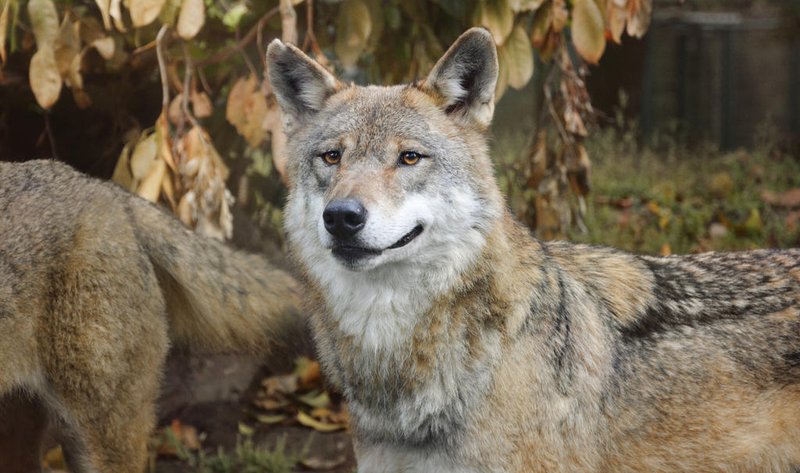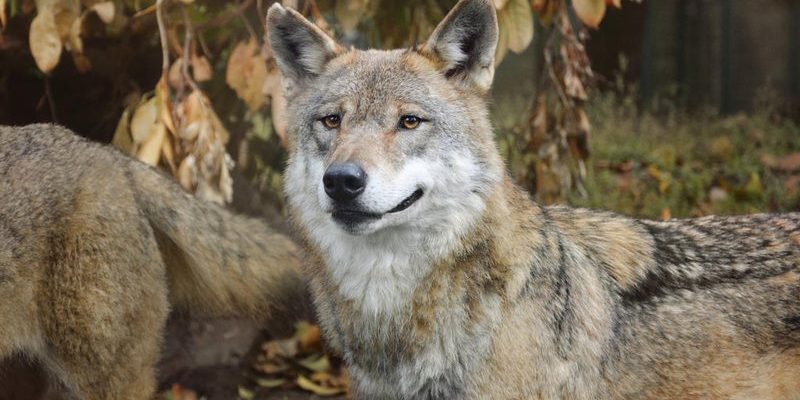
Imagine sipping your coffee while pondering how something so small can have such intricate relationships with its environment. The wolf worm, depending on where it lives, can behave like a true seasonal chameleon, reacting to temperature shifts and humidity changes. In this article, we’ll explore the seasonality of wolf worms across different climates, highlighting how their lifecycle transforms with the seasons.
What Are Wolf Worms?
Wolf worms refer to the larvae of certain moth species, particularly the cutworm. These little guys are typically found in gardens and agricultural areas. They’re not your typical earthworms—they have a penchant for munching on young plants and crops. If you’ve ever seen a plant that suddenly looks gnawed at its base, there might be a wolf worm lurking nearby.
Their name might paint a scary picture, but these worms are just a part of nature’s grand design. They can be crucial to the ecosystem, breaking down organic matter and cycling nutrients back into the soil. In gardens, they can be beneficial in small numbers, but when they become too widespread, they can wreak havoc on your plants.
How Seasonality Affects Wolf Worms
Seasonality plays a significant role in the life cycle and behavior of wolf worms. Think of it like a dance with nature; these worms respond to the rhythm of the seasons. Their activity is heavily influenced by temperature and humidity, which dictate when they hatch and how quickly they grow.
In warmer climates, wolf worms might emerge earlier in the year, starting their life cycle as soon as the soil warms up. By contrast, in cooler regions, these creatures may not appear until late spring or early summer. The temperature essentially tells them, “Okay, it’s time to grow!”
Since food availability is just as crucial as temperature, it’s common to see wolf worms hatching when plants start to blossom. This synchronicity allows them to find plenty of food as they grow, ensuring their survival and that of the species.
Wolf Worms in Temperate Climates
In temperate climates, such as parts of the United States and Europe, wolf worms experience a well-defined seasonality. Spring is like their debut. As temperatures rise, they start to emerge from their pupae stage, often coinciding with the planting season for many crops.
During this time, you might find them feasting on freshly sprouted seedlings. In temperate zones, these worms are generally most active from late spring through early summer. As summer peaks, you may notice a decline in their numbers. The reason? Increased temperatures can stress them, pushing them toward a period of dormancy until the cooler months.
As fall approaches, they’ll often burrow in and prepare for winter. In some cases, they might even enter a state similar to hibernation, waiting for spring to return. It’s a survival strategy, ensuring they don’t waste energy when food is scarce.
Wolf Worms in Tropical Climates
Now, if we shift our gaze to tropical climates, the seasonality story changes significantly. In these warm regions, wolf worms can remain active nearly year-round. The constant warmth and humidity create a perfect environment for their growth, often resulting in multiple generations each year.
In the tropics, you may notice that wolf worms can cause more consistent damage to crops, as they are not bound by seasonal changes like in temperate areas. They thrive on lush vegetation, making them a more persistent presence. Here, it’s essential for farmers to monitor their crops continually and employ various pest management strategies to keep wolf worm populations in check.
Interestingly, while tropical climates may offer fertile ground for wolf worms, they can also harbor diseases and pests that can affect their population. This creates a delicate balance, where while some areas are flourishing, others may see a decline due to environmental factors.
Wolf Worms in Arid Climates
In arid or semi-arid regions, wolf worms experience quite a different seasonal trend. These areas often have limited rainfall, leading to dry conditions that can stress these delicate creatures. Consequently, their lifecycle is heavily impacted by water availability and temperature.
Wolf worms in arid climates typically emerge during the brief, rainy season when conditions become more favorable. As plants begin to sprout, these worms take the opportunity to thrive. They grow quickly during this short window of abundance, often completing their life cycle in a matter of weeks.
Once the dry season returns, you’ll find that many of them either die off or enter a dormant state to survive the extreme conditions. This survival tactic allows them to wait for the next rainy season when the cycle can begin anew. Think of it as a natural rhythm aligned with the pulse of the environment around them.
Identifying Wolf Worm Infestations
If you’re keen on gardening or farming, knowing when and how to spot wolf worms can be a game-changer. Look for the signs: young plants with chewed-off bases, or nocturnal feeding patterns, as these worms tend to be more active at night.
You might also find their droppings—small, dark pellets—around affected plants. If you suspect a wolf worm infestation, the next step is to act quickly. Use natural remedies like introducing beneficial insects or even handpicking them from your plants.
Integrated Pest Management (IPM) is a great approach here. This means combining different strategies to keep the wolf worm population in check. You can use traps, insecticides, or natural predators, depending on your climate and gardening philosophy.
Understanding wolf worm seasonality in different climates opens a window into the delicate balance of nature. These tiny creatures, while often viewed as pests, play integral roles in ecosystems around the world. By recognizing how their behavior shifts with seasonal changes, gardeners and farmers can take proactive steps to manage them effectively.
Whether you’re in a temperate, tropical, or arid region, there are strategies to deal with wolf worms. So, the next time you find a sleepy garden or a nibbled plant, remember: it’s all part of nature’s grand cycle, and with a little knowledge, you’re better equipped to deal with it. Happy gardening!

